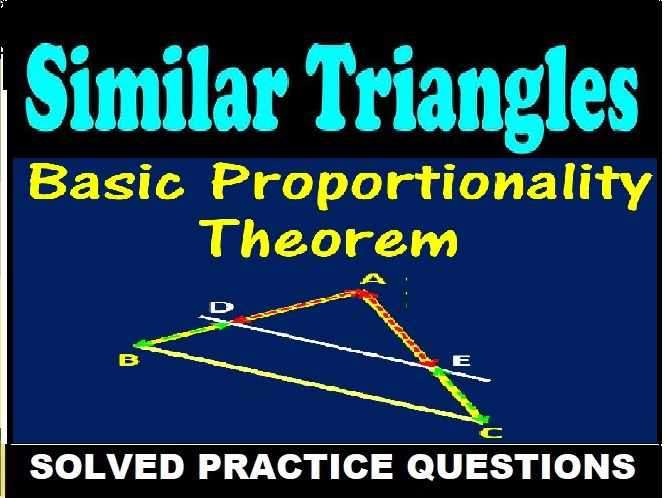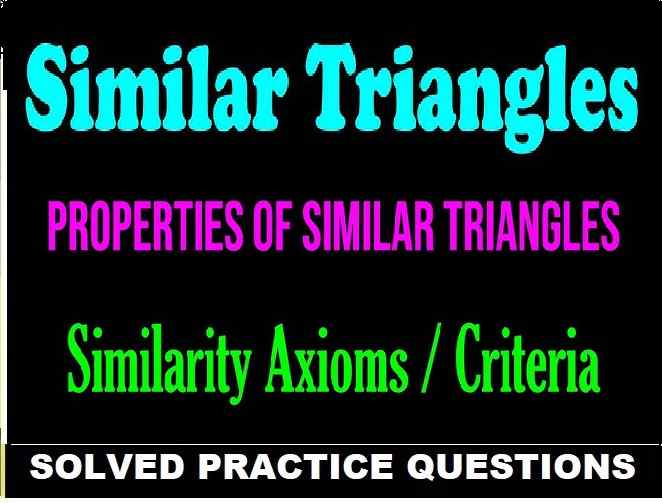Seeds Structure and Germination MCQs Answer Biology Class-9 ICSE Selina Publishers Solutions Chapter-6. Step By Step ICSE Selina Concise Solutions of Chapter-6 Seeds Structure and Germination with Exercise-6 including MCQs, Very Short Answer Type, Short Answer Type, Long Answer Type and Structured/Application Questions Solved . Visit official Website CISCE for detail information about ICSE Board Class-9.
Seeds Structure and Germination Exe-6 MCQs Answer Biology Class-9 ICSE Concise Selina Publishers
| Board | ICSE |
| Publications | Selina Publication |
| Subject | Biology |
| Class | 9th |
| Chapter-6 | Seeds-Structure and Germination |
| Book Name | Concise |
| Topics | Solution of A. MCQs Answer Type |
| Academic Session | 2023-2024 |
A. Multiple Choice Type
Seeds Structure and Germination Class-9 Biology Concise Solutions
Page 55
Question 1. Choose the correct answer from the options given below:
(a) Which one of the following plants parts is correctly matched with one of its stated characteristic?
(i) Mango seed ___________ aleurone layer
(ii) Bean seed __________ endosperm
(iii) Maize grain __________ coleoptile
(iv) Wheat grain ___________ exalbuminous
Answer:
(iii) Maize grain______coleoptile
(b) Seeds sown very deep in the soil fail to germinate because they
(i) cannot exert enough force to push the soil upward.
(ii) do not get enough sunlight.
(iii) get too much water.
(iv) do not get enough oxygen.
Answer:
(iv) do not get enough oxygen
(c) Fruit is a ripened :
(i) Ovary
(ii) Embryo
(iii) Ovule
(iv) Zygote
Answer:
(i) Ovary
(d) Which of the following is the largest seed ?
(i) Watermelon
(ii) Pumpkin
(iii) Double coconut
(iv) Mango
Answer:
(iii) Double coconut
(e) The distinct whitish oval scar on the concave side of the seed is termed as :
(i) Scutellum
(ii) Micropyle
(iii) Hilum
(iv) Germpore
Answer:
(iii) Hilum
(f) The single cotyledon of a maize grain is called:
(i) Hypocotyl
(ii) Scutellum
(iii) Coleorhiza
(iv) Embryo
Answer:
(ii) Scutellum
(g) The outermost hard brownish layer of the seed coat is:
(i) Testa
(ii) Tegmen
(iii) Epicotyl
(iv) Aleurone layer
Answer:
(i) Testa
(h) The part of an embryo which develops into root is
(i) Coleorhiza
(ii) Plumule
(iii) Coleoptile
(iv) Radicle
Answer:
(iv) Radicle
(i) Which of the following statement holds true for a maize grain?
(i) The maize grain is a ripened ovary containing a single seed.
(ii) The fruit wall and seed coat are fused together.
(iii) The outermost layer of the endosperm is rich in protein.
(iv) All of the above.
Answer:
(iv) All of the above
(j) The kind of germination in which the cotyledons remain underground is :
(i) Viviparous germination
(ii) Epigeal germination
(iii) Vegetative germination
(iv) Hypogeal germination
Answer:
(iv) Hypogeal germination
— : End of Seeds Structure and Germination A. MCQs Answer Class-9 ICSE Biology Solutions :–
Return to Return to Concise Selina ICSE Biology Class-9
Thanks
Please share with your friends


